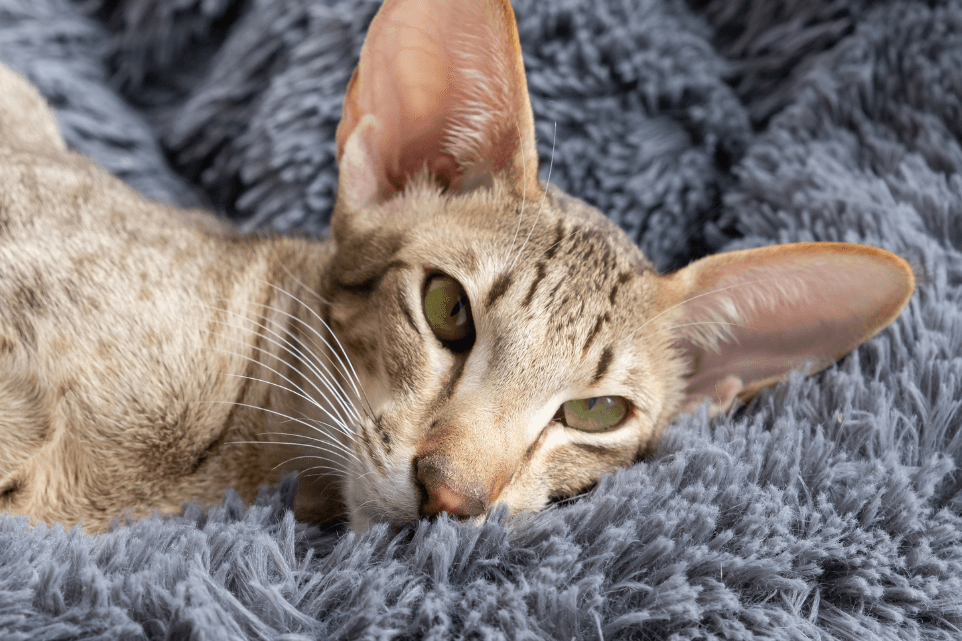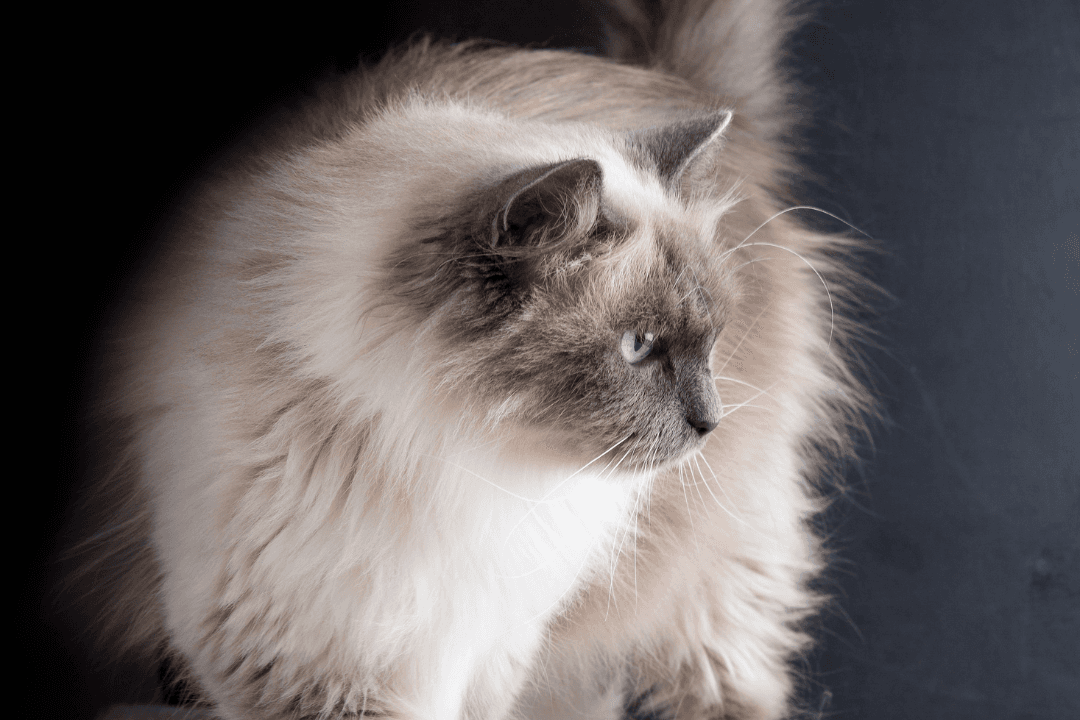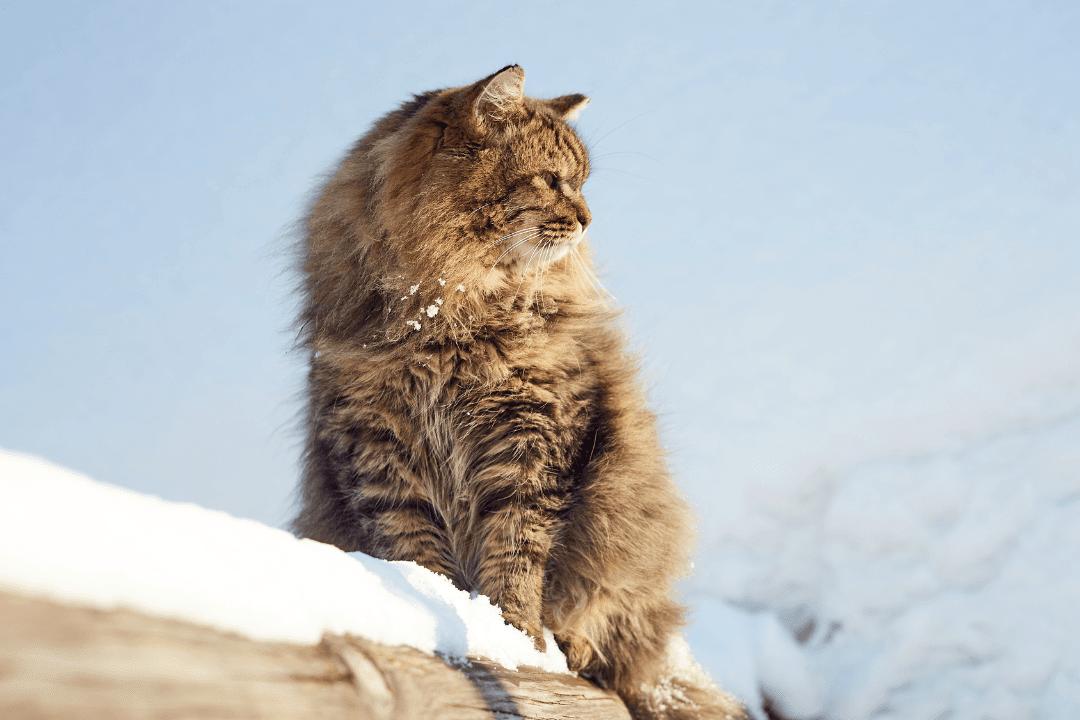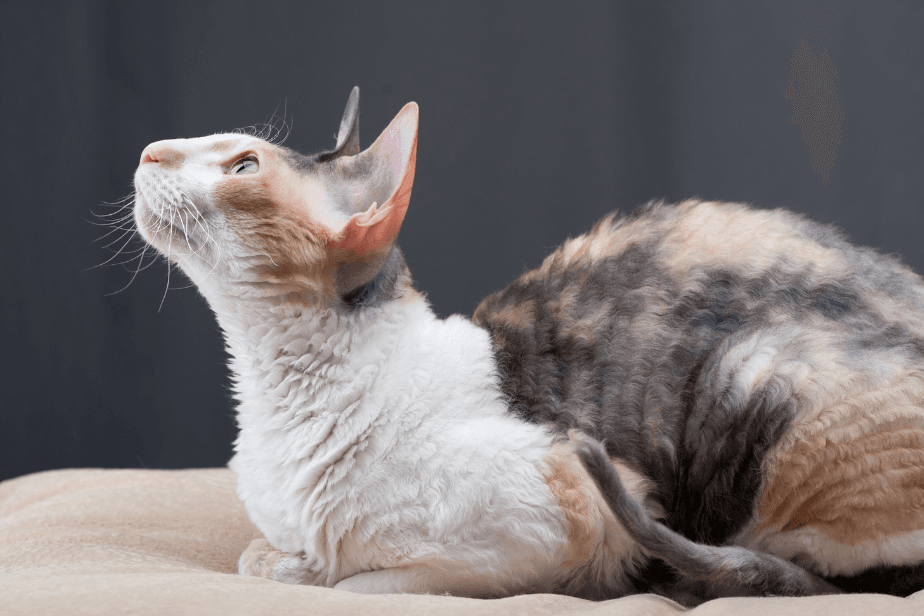Orientalisch Kurzhaar Katze – Alles, was du über diese Katzenrasse wissen musst
Informationen zur Orientalisch Kurzhaar Katze
Gewicht: Kater 3–5 kg, Katzen 2–3,5 kg
Widerristhöhe: 20–25 cm
Energieniveau: voller Energie
Lebenserwartung: 8–15 Jahre
Sozialisierungsbedürfnis: Mittel
Farben: Viele Muster und Farbvarianten wie Weiß, Chocolate, Blau, Braun, Creme, Rot und Fawn (Beige).
Gesundheitsprobleme: Generell gesund, kann aber unter Augenproblemen und Nierenerkrankungen wie der Polyzystischen Nierenerkrankung bei Katzen (PKD) leiden.
Orientalisch Kurzhaar Eigenschaften & Persönlichkeit
Die Orientalisch Kurzhaar ist eine lebendige, gesellige und intelligente Katzenrasse, die oft viel miaut oder „spricht“. Sie ist sehr liebevoll zu ihren Katzeneltern und braucht eine ganze Menge Liebe und Aufmerksamkeit.
Spielen und Beschäftigung sind für die Orientalisch Kurzhaar Katze äußerst wichtig, da es sich um eine aktive Rasse mit hohem Energielevel handelt. Springen, klettern und auf hohen Aussichtspunkten sitzen gehören zu den Lieblingsbeschäftigungen der Orientalisch Kurzhaar, weswegen sich Kratzbäume besonders für sie eignen. Aufgrund ihrer Eigenschaften und Intelligenz kann man dieser Rasse auch leicht das Laufen an der Leine beibringen.
Aussehen und Pflege der Orientalisch Kurzhaar
Die Orientalisch Kurzhaar Katze ist mittelgroß, lang und schlank. Die langen Ohren, die längliche Nase und die großen Augen verleihen ihr ein einzigartiges Aussehen. Das Fell der Orientalisch Kurzhaar ist kurz, dicht und glänzend und liegt nah am Körper an.
Das Fell der Orientalisch Kurzhaar braucht nicht besonders viel Pflege, doch zugleich verbindet diese Katzenrasse Bürsten mit Zuneigung und genießt diese Aktivität oft sehr. Da Orientalisch Kurzhaar Katzen wenig Fell verlieren, kann sich diese Rasse auch für Allergiker:innen eignen. Bürste deine Fellnase ein Mal pro Woche, um die Menge loser Haare zu reduzieren und das Fell besonders fein zu halten.
Gesundheitsprobleme bei Orientalisch Kurzhaar Katzen
Die Orientalisch Kurzhaar ist generell eine gesunde Katzenrasse. Doch die Größe der Augen macht sie anfälliger für Augenprobleme. Achte also stets darauf, ihre Augen sauber zu halten.
Natürlich kann die Orientalisch Kurzhaar Katze auch unter Erbkrankheiten leiden und es kommt vor, dass sie unter Nierenerkrankungen wie der Polyzystischen Nierenerkrankung bei Katzen (PKD) leidet. Eine ausgewogene Ernährung ist dabei förderlich für die Nierengesundheit.
Zahngesundheit
Wusstest du, dass du deiner Katze die Zähne putzen musst? Durch die tägliche Zahnpflege der Orientalisch Kurzhaar beugst zum Beispiel Parodontose vor. Die Zahnkrankheit FORL (Feline odontoklastische resorptive Läsionen) ist bei Katzen sehr verbreitet und tritt häufig zusammen mit Parodontose auf.
Katzen die Zähne zu putzen kann eine ganz schöne Herausforderung sein. Doch mit Leckerlis und einer Menge Geduld gewöhnt sich deine Samtpfote mit der Zeit an den Ablauf. Hier erfährst du allgemein mehr über die Zähne und den Mund von Katzen.
Vergiftungen
Es gibt viele Dinge, die für Katzen giftig sind und an die du vorher vielleicht noch nie gedacht hast. Ein Beispiel dafür ist Paracetamol, aber auch Pflanzen. Lerne daher, welche Pflanzen für deine Katze giftig sind. Auch Schokolade und Mäuse- und Rattengift sind für Katzen giftig. Daher solltest du diese für Katzen gefährlichen Dinge an einem Ort aufbewahren, an den sie nicht herankommen.
Hoffentlich hast du in diesem Artikel mehr über die Orientalisch Kurzhaar und ihre Eigenschaften sowie ihre Pflege gelernt. Wenn du mehr über andere Katzenrassen erfahren möchtest, findest du zahlreiche Rasseportraits auf unserem Blog.






